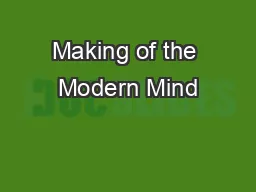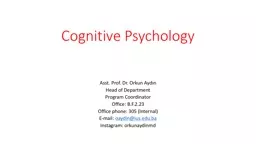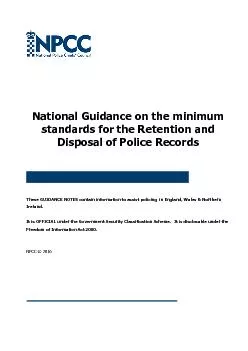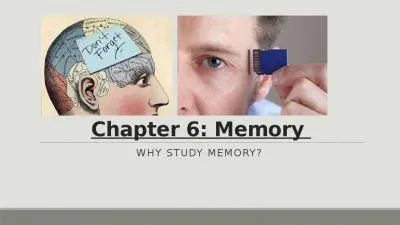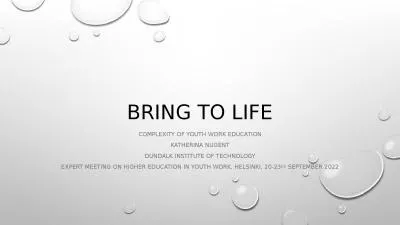PPT-Chapter 6 Memory Memory is the system by which we retain information and bring it to mind.
Author : arya | Published Date : 2022-06-11
Without memory experience would leave no mark on our behavior we would be unable to retain the information and skills we acquire through experience What is Memory
Presentation Embed Code
Download Presentation
Download Presentation The PPT/PDF document "Chapter 6 Memory Memory is the system by..." is the property of its rightful owner. Permission is granted to download and print the materials on this website for personal, non-commercial use only, and to display it on your personal computer provided you do not modify the materials and that you retain all copyright notices contained in the materials. By downloading content from our website, you accept the terms of this agreement.
Chapter 6 Memory Memory is the system by which we retain information and bring it to mind.: Transcript
Download Rules Of Document
"Chapter 6 Memory Memory is the system by which we retain information and bring it to mind."The content belongs to its owner. You may download and print it for personal use, without modification, and keep all copyright notices. By downloading, you agree to these terms.
Related Documents







